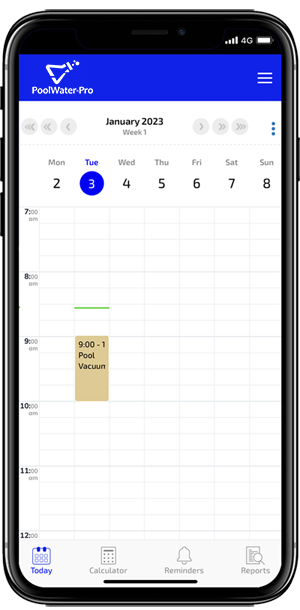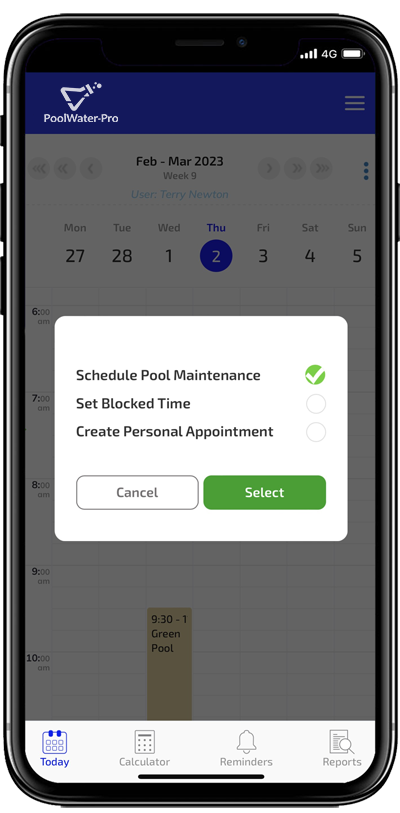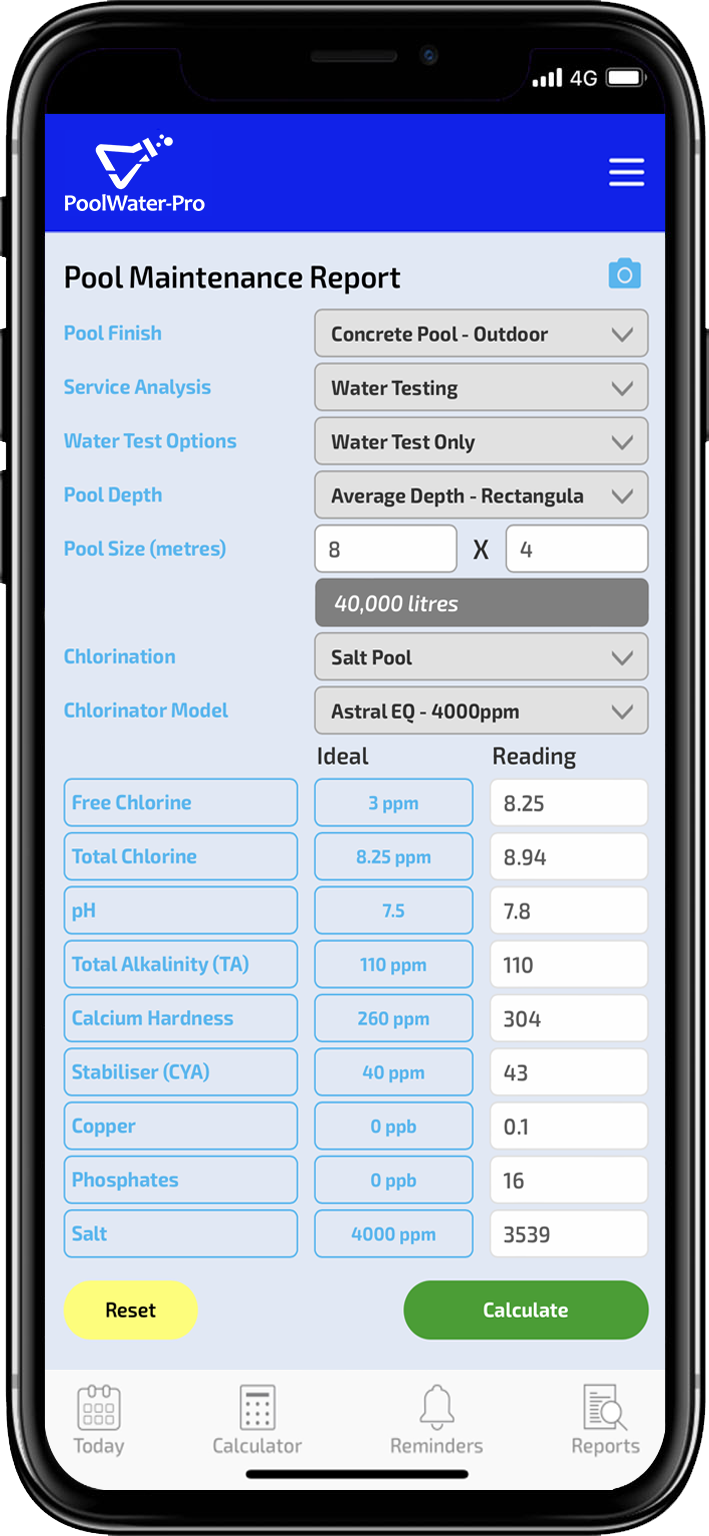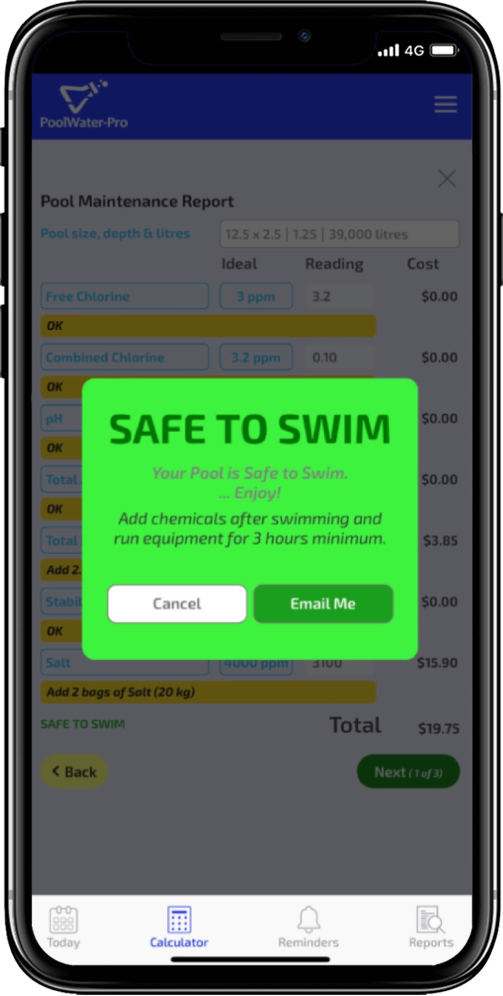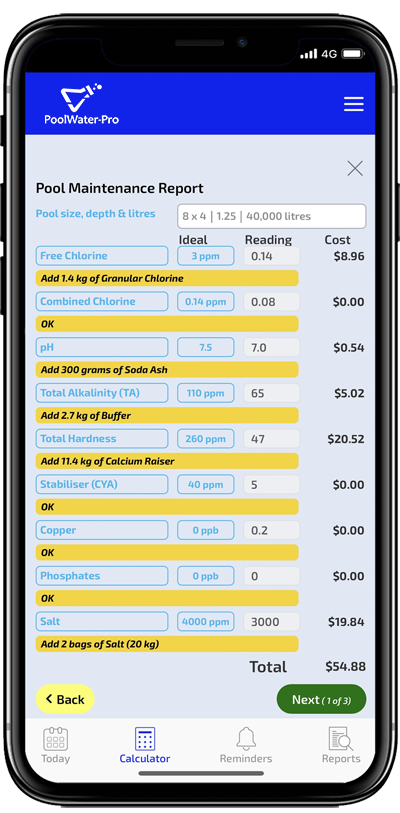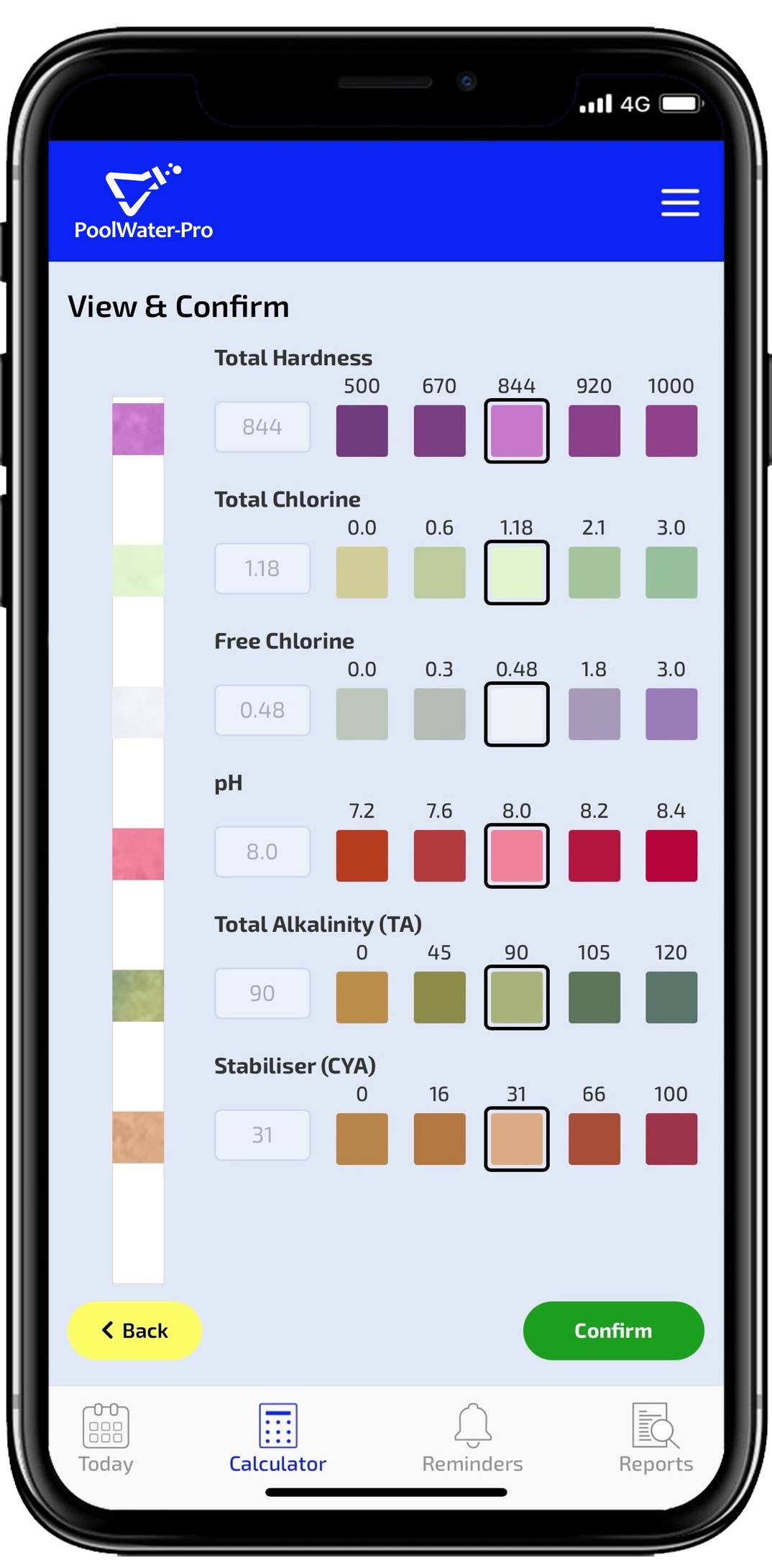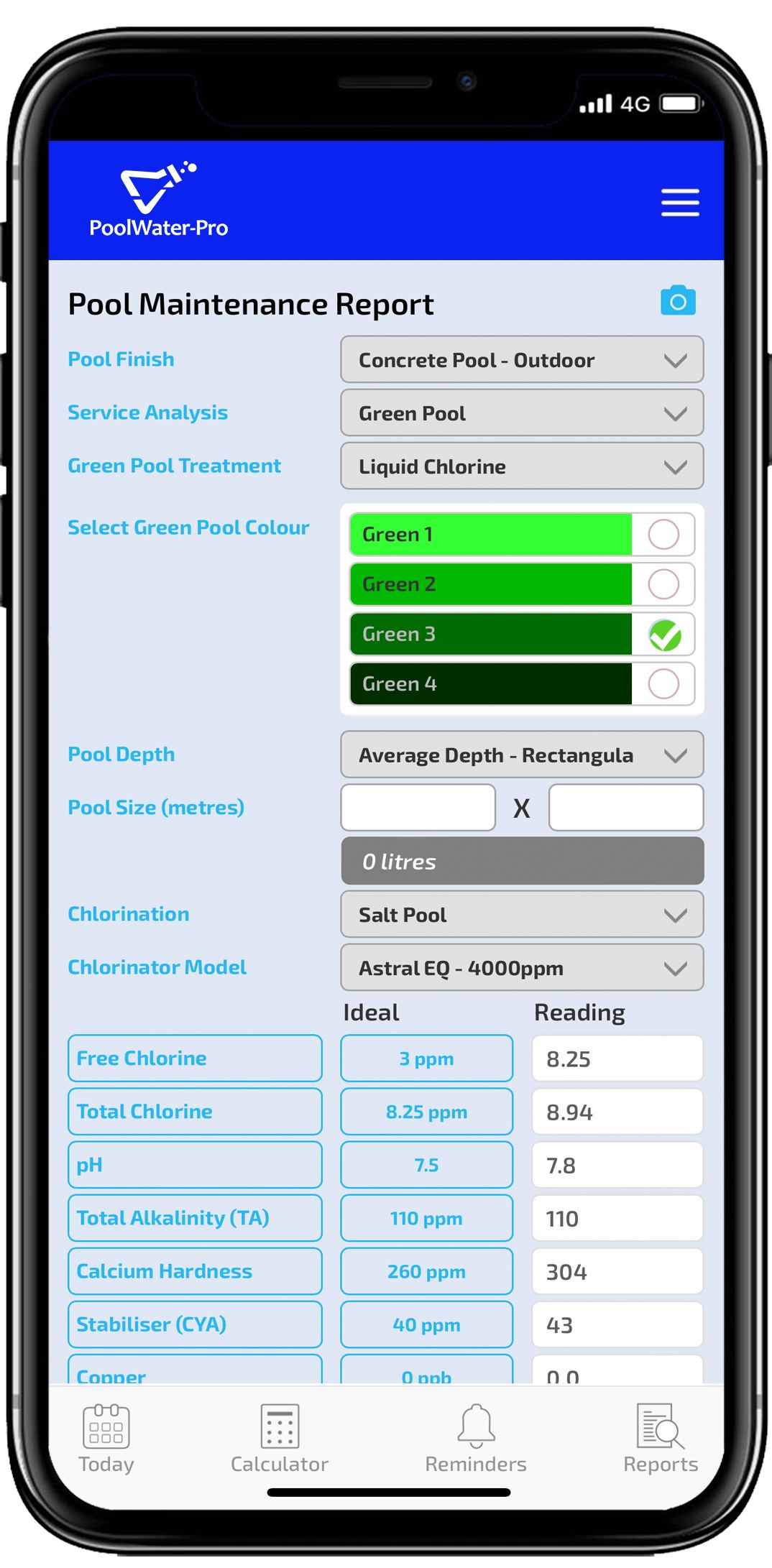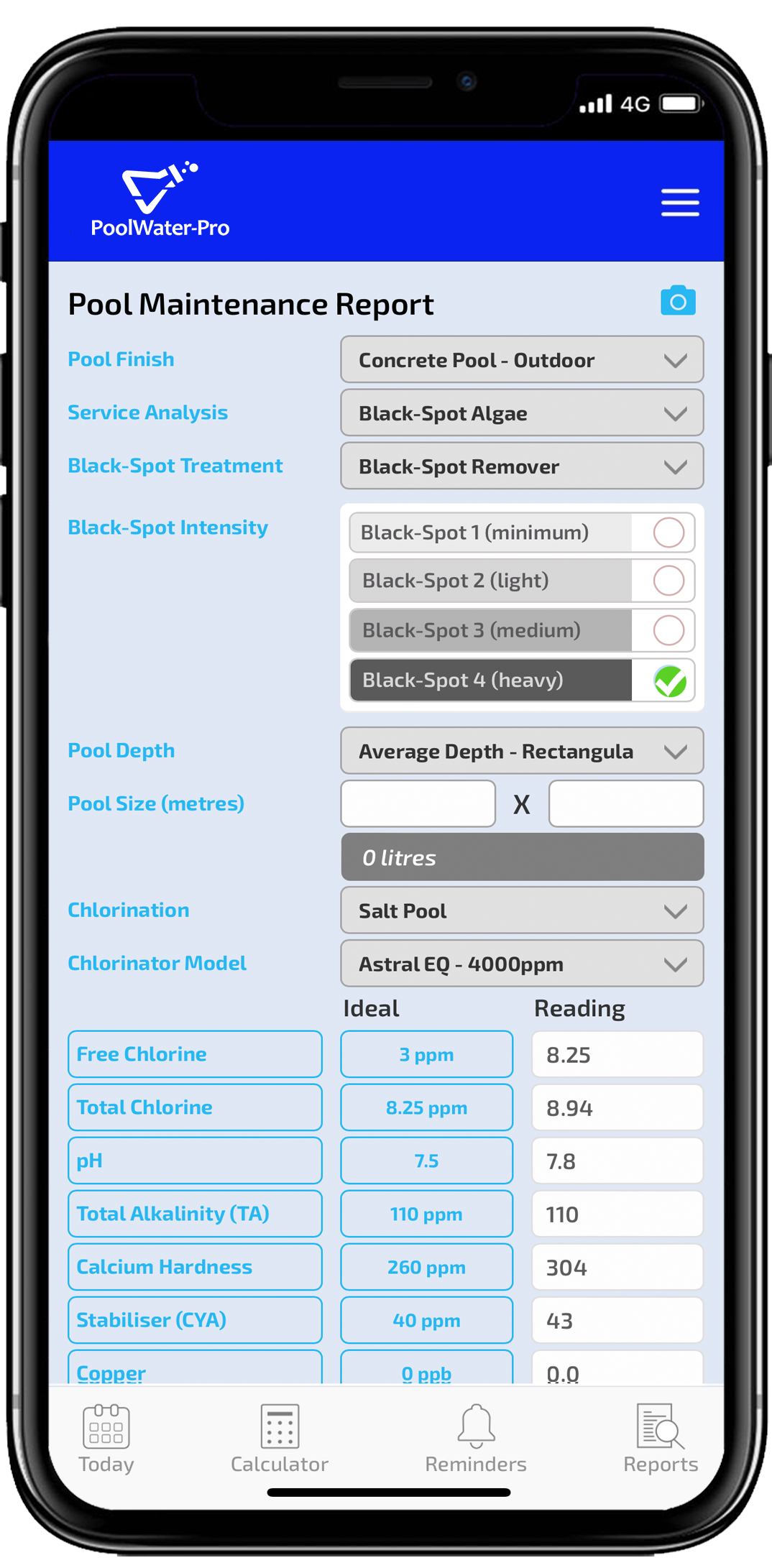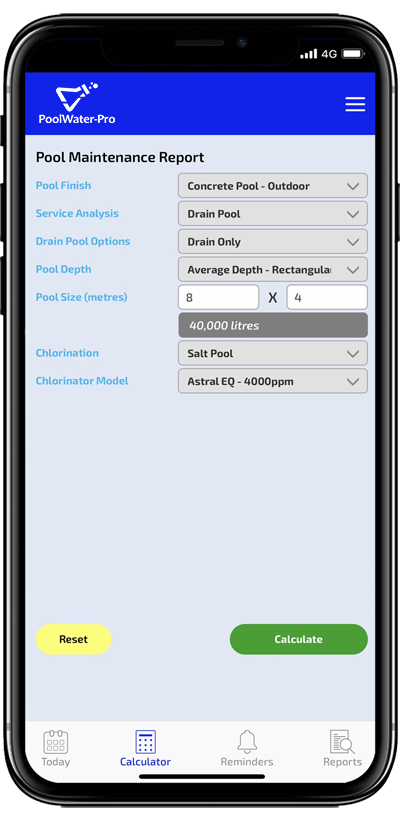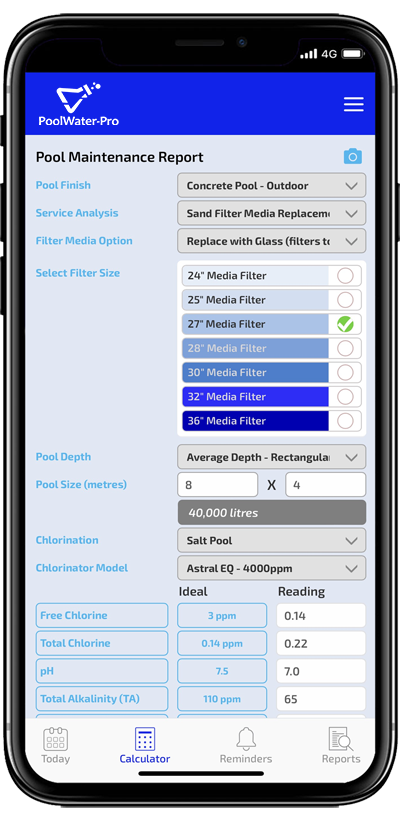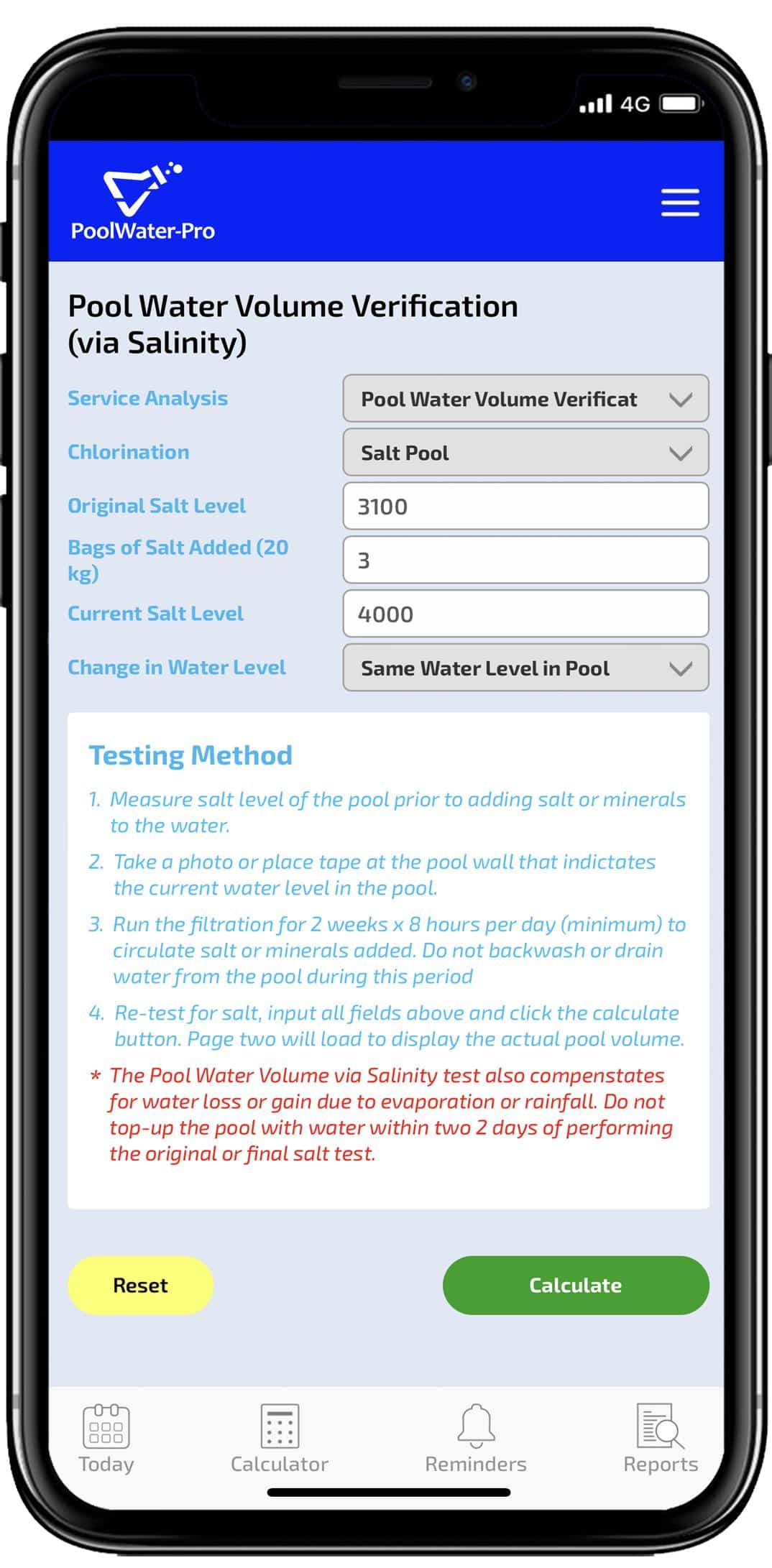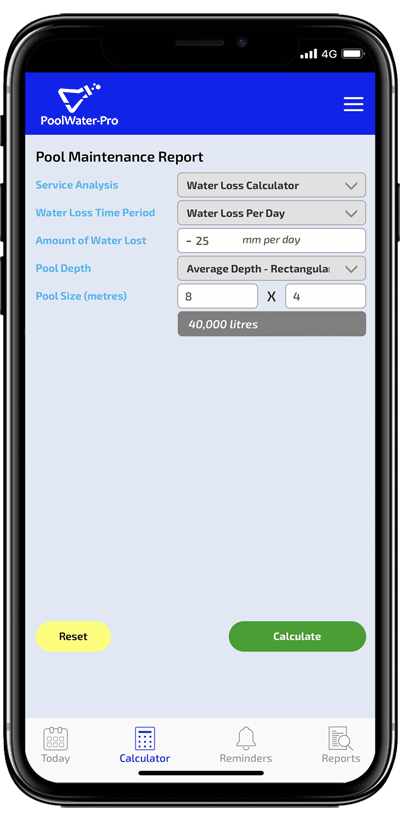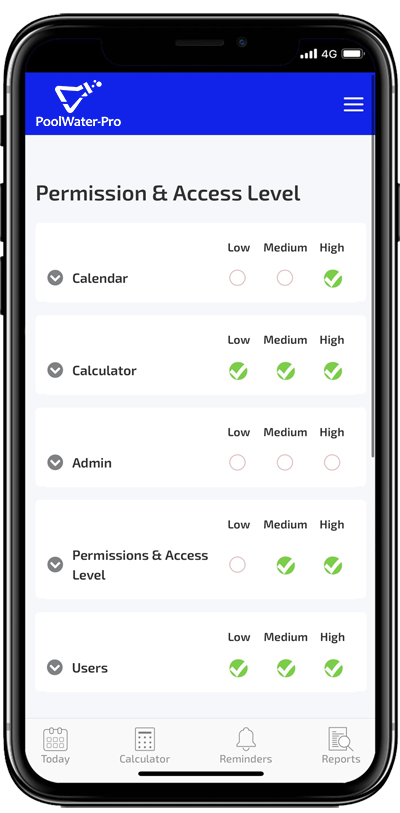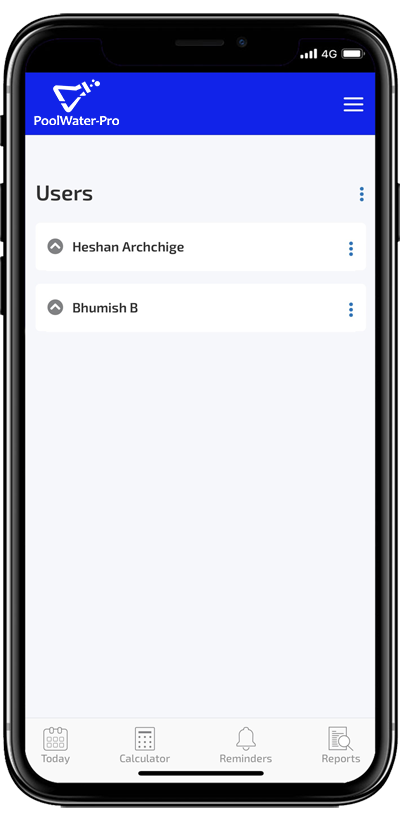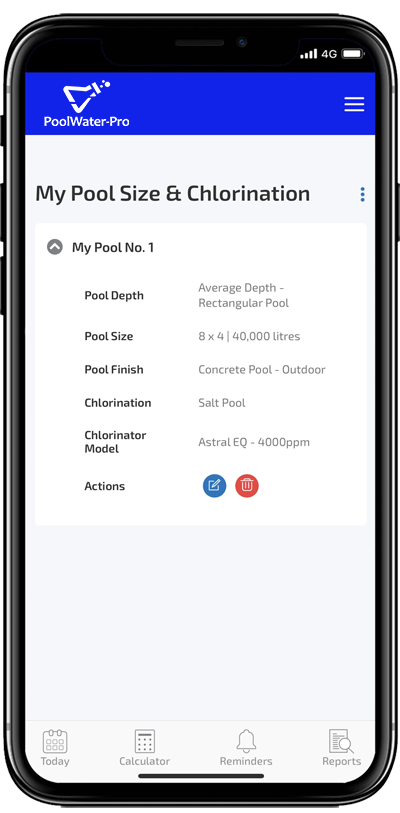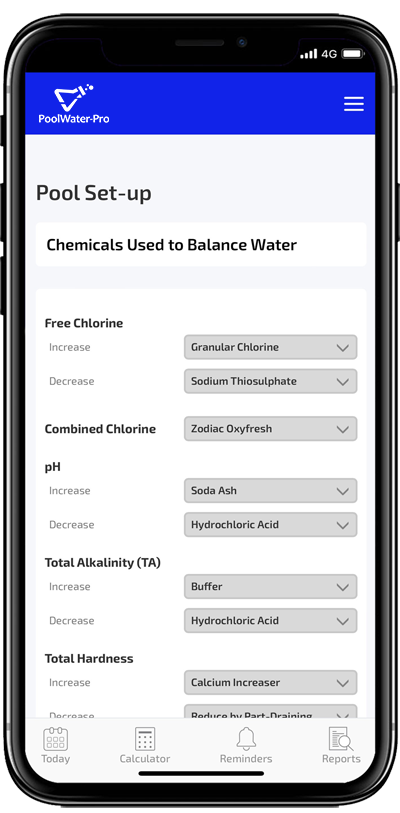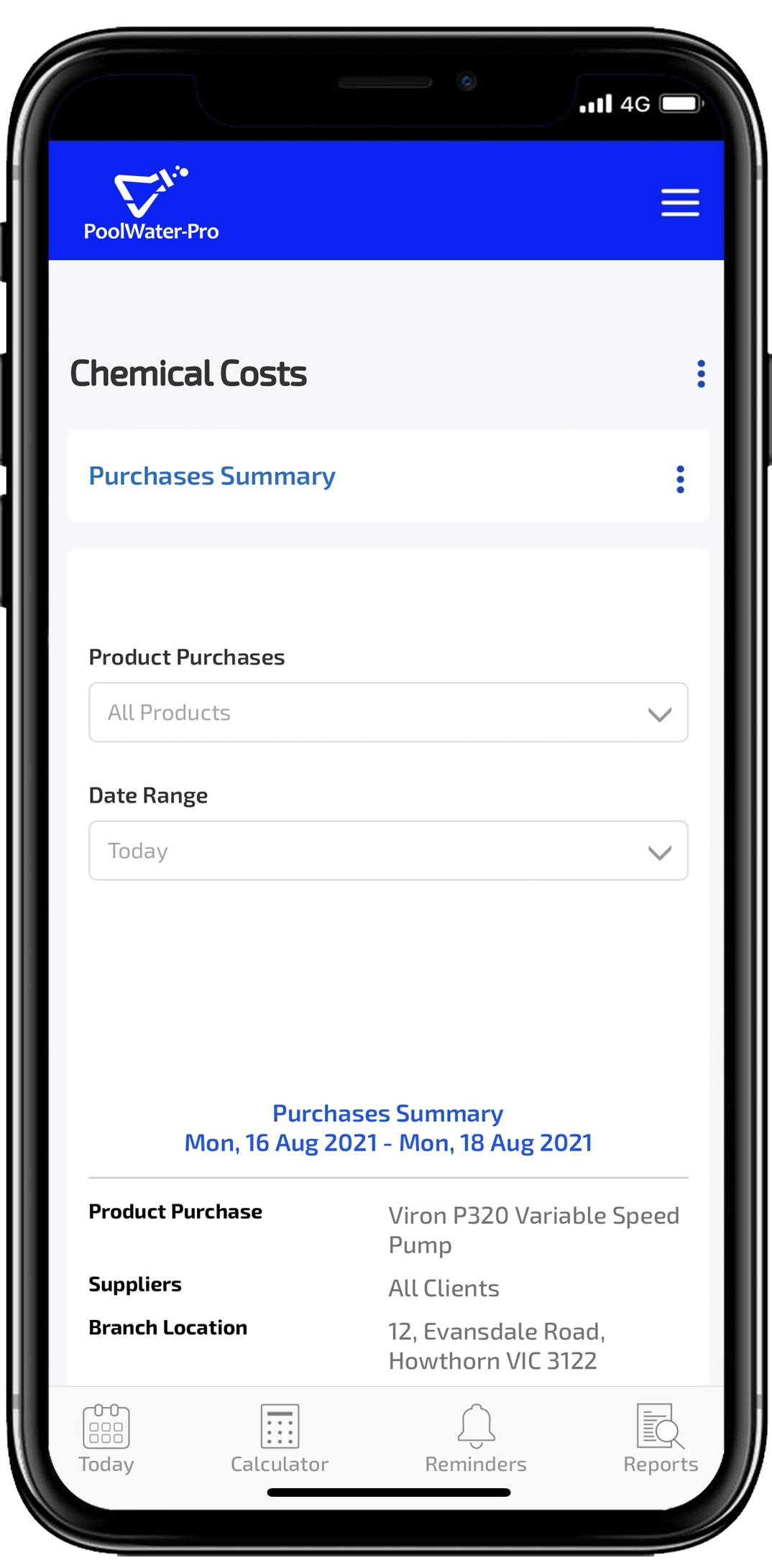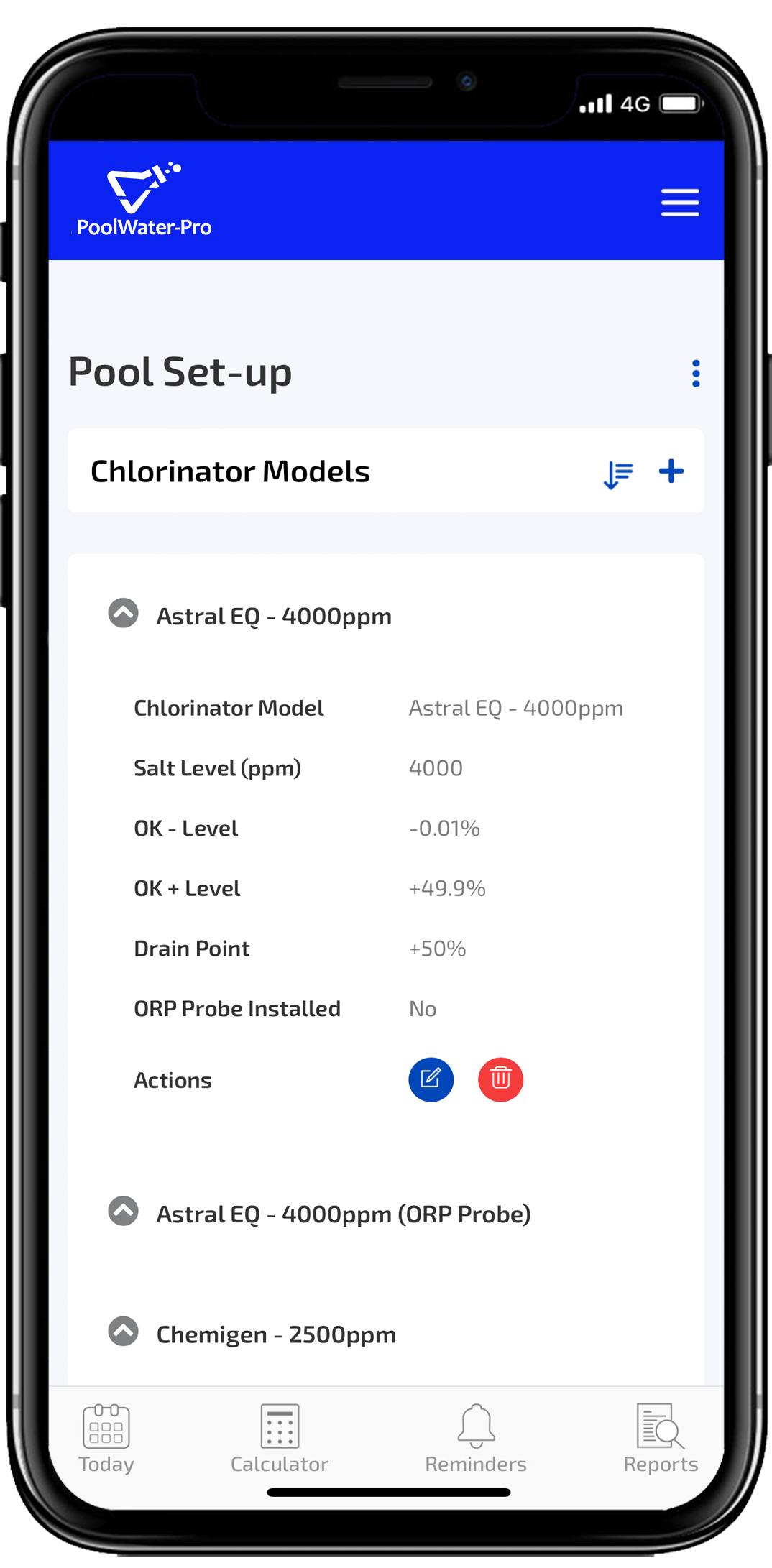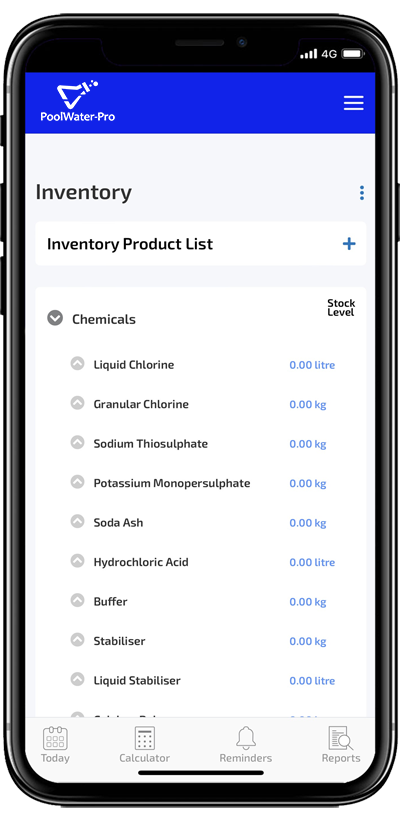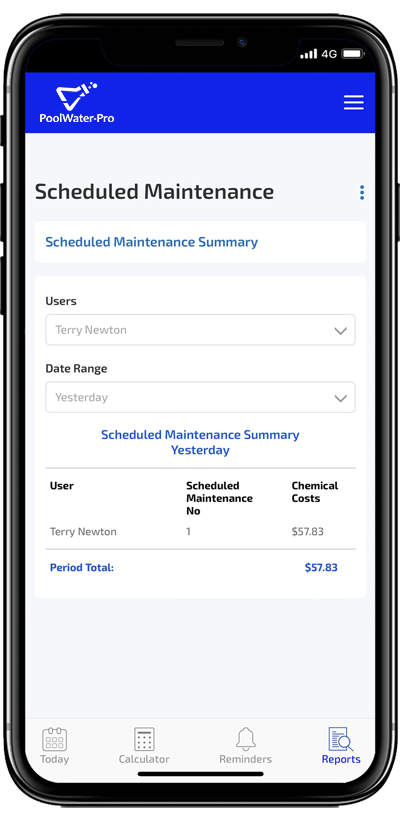Understanding the Functions of Your Pool Equipment
Each component of your pool system plays an important part in the operation of your pool. These components enable filtration, santisation, water circulation and cleaning. Together they maintain clarity, cleanliness and health for your pool water.
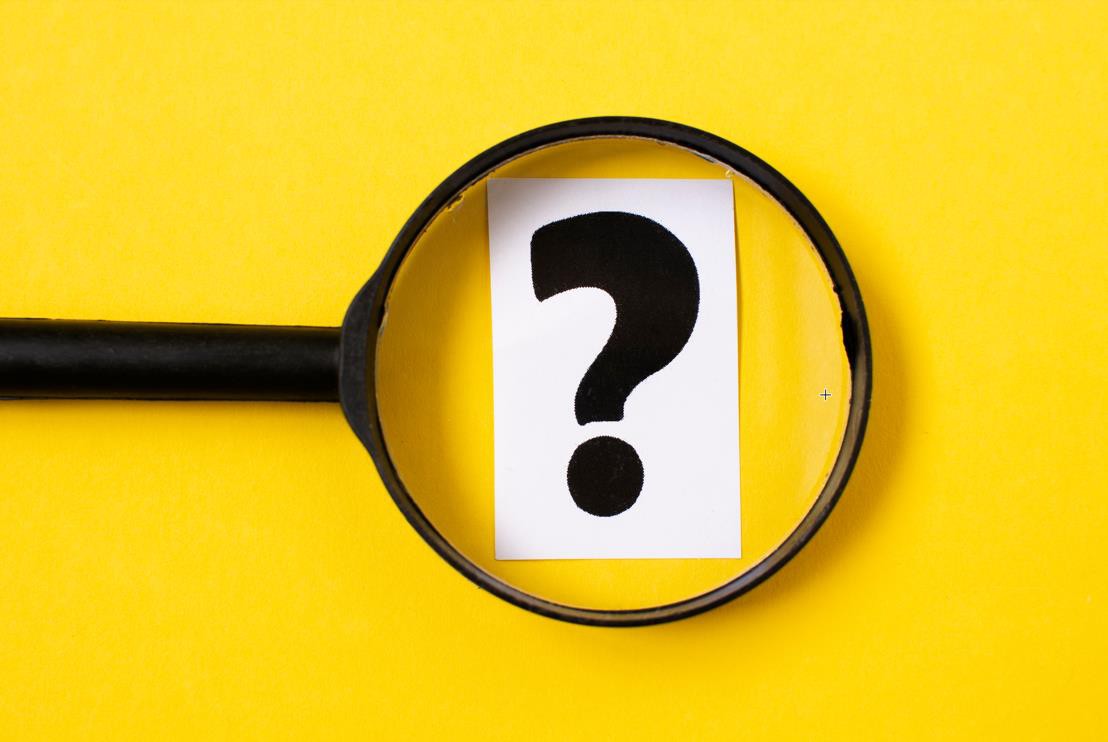
- Pool Pump
- Pool Skimmer & Main Drain Suction
- Pool Filter
- Filter Types
- Chlorinator, Liquid Chlorine Doser & Floating or Inline Dispenser
- In-floor Cleaning System
- Suction Pool Cleaner
- Leaf Canister
- Robot Pool Cleaner
- Gas Heater
- Inverter Heat Pump
- Pool Automation Systems
- Valves & Actuators
Pool Pump
The pump ensures proper circulation of the pool water and is the centre of your filtration system.
The pump draws water from the pool, either through skimmer or main drain suction lines.
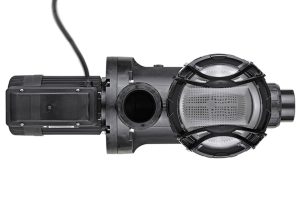
Pool Skimmer & Main Drain Suction
A skimmer basket, leaf canister and pump basket will trap any leaves and other larger debris before going on to the filter.
- Pool skimmers are located either on the short or long side of the pool perimeter. Skimmers help with surface circulation and are also used to help manage water levels in swimming pools.
- Main drains are located at the bottom of the deep end of the pool. They serve as an additional inlet for water circulation or are the filtration suction point for an in-floor cleaning system.
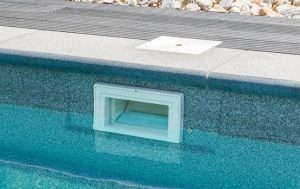
Pool Filter
The filter works together with the pool pump to remove dirt, smaller debris and other impurities from the pool water.
- After passing through the filter, the water flows through any connected heaters and chlorinators, before returning clean, filtered water back to the pool through the return lines.
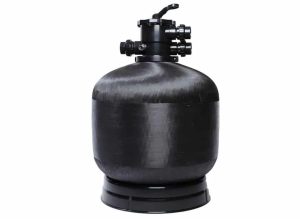
Filter Types
There are two common types of pool filters used for swimming pools, the first being a media filter (also known as a sand filter) and the second is a cartridge filter.
- A media filter uses glass or sand media that’s inside the filter to trap particles and other debris from the pool water.
- Cartridge filters have one or more replaceable filter elements made of pleated filter material that traps impurities as water passes through.
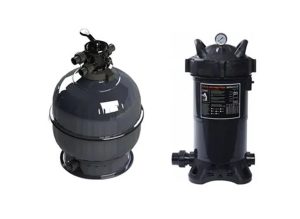
Chlorinator, Liquid Chlorine Doser & Floating or Inline Dispenser
Chlorine provides sanitisation for the pool water, killing algae, viruses and harmful bacteria.
- Chlorinators through an electrolysis process convert salt or mineral salt into chlorine.
- A liquid chlorine doser adds controlled amounts of chlorine directly into your pool using tubes, a pump and liquid chlorine.
- Floating or inline dispensers release chlorine into the water as chlorine tables dissolve.
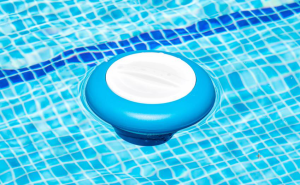
In-floor Cleaning System
In-floor cleaning systems are designed to reduce the need for manual cleaning of your pool.
Multiple strategically placed nozzles installed in the floor and steps of the pool pop-up and rotate, directing high pressure streams of water across the surface of the pool.
As the nozzles operate, they push leaf debris and dirt matter toward the pool’s main drain, where it is removed by the suction of the main drain.
A leaf canister installed alongside the pool perimeter or next to the equipment, catches any leaves removed by the in-floor cleaning system.
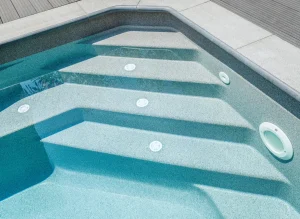
Suction Pool Cleaner
Suction pool cleaners connect through a hose to your filtration system, either through the skimmer or a dedicated suction point in the pool.
Their vacuum head is designed to remove leaves, dust, dirt and algae from the floor and walls of the pool.
Using a leaf canister helps with managing the maintenance if you’re using a suction pool cleaner.
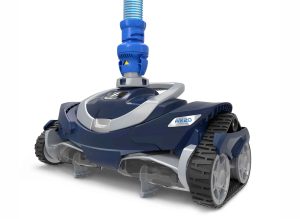
Leaf Canister
A leaf canister can capture large amounts of leaves and other debris inside its basket.
One side of the cannister connects to a small hose linked to the skimmer suction, either by a suction plate or directly into the suction pipe.
The other side of the cannister attaches to the vacuum hose, which is attached to the vacuum head.
The leaf canister’s basket where leaves are trapped, needs to be emptied when it is between half to three quarters full.
The pump will need to be turned off during this process.
After emptying the basket, refill the hose with water before restarting the pump.
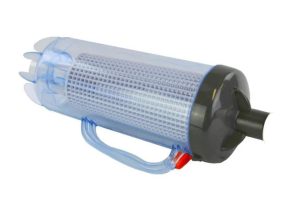
Robot Pool Cleaner
Robot cleaners are designed to be advanced devices that automate your pool cleaning and operate independently of the pool’s filtration system.
They have their own motors and canisters to remove leaves and debris, with some able to trap particles down to 60 microns in size.
Most modern robotic pool cleaners come with built-in intelligence that enables them to accurately map the surfaces of your pool and adjust cleaning cycle times to suit your individual pool.
Common additional features are wall climbing and quick cleans for floor only or the waterline.
Recent innovation includes the addition of timers and automatic lift systems to bring them to the edge of your pool for easy removal.
Most have apps can remotely control the robot from your smart phone.
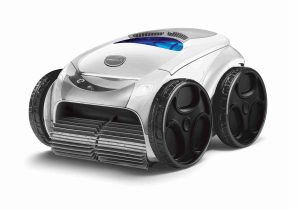
Gas Heater
Pool gas heaters are popular choices for homeowners that want to heat their pool or spa quickly and use natural gas or liquid petroleum gas.
A gas heater is plumbed to the pool filtration pump or it has a dedicated pump.
They are particularly effective for heating water in cooler climates or during the colder months.
Gas heaters are efficient heaters, but do cost more to run than other heating options.
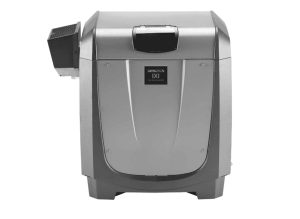
Inverter Heat Pump
An inverter heat pump doesn’t run at a fixed speed, output is modulated based on the pool’s current temperature and set-point.
Inverter heaters can significantly lower running costs by operating at lower speeds when less heating is required.
Inverter heat pumps use ambient air temperature, along with a heat exchanger and a liquid refrigerant to heat the pool water through a chemical reaction process.
An inverter heater will heat the pool water to 12-14°C higher than the average ambient air temperature.
If higher temperatures are needed, increase the heater capacity by installing a larger kilowatt heater or connect multiple smaller kW units together.
Inverter heaters are more expensive to purchases than gas heating options, but offer much lower running costs.
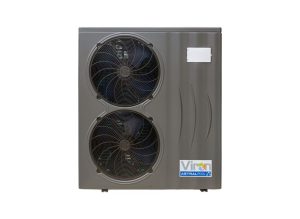
Pool Automation Systems
Pool automation systems connect multiple components of your pool system into one single interface.
Equipment including pumps, chlorinators, heaters, lights, fountains, actuator valves and cleaning systems can be integrated and controlled through a user-friendly app or control panel.
These systems automate equipment operation according to pre-set schedules for their running times.
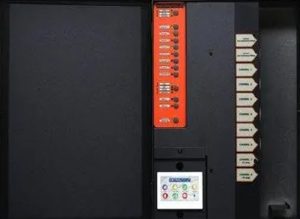
Valves & Actuators
Valves are mechanical devices used to control water flow, directing the water through different parts of the pool system.
Actuators attach to the top of valves to electronically adjust their positions using a pool automation system.
This set-up facilitates automated transition between pool and spa modes for any changed water circulation or temperature needs.
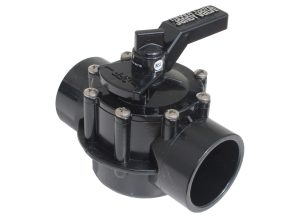
The pump ensures proper circulation of the pool water and is the centre of your filtration system.
The pump draws water from the pool, either through skimmer or main drain suction lines.

A skimmer basket, leaf canister and pump basket will trap any leaves and other larger debris before going on to the filter.
- Pool skimmers are located either on the short or long side of the pool perimeter. Skimmers help with surface circulation and are also used to help manage water levels in swimming pools.
- Main drains are located at the bottom of the deep end of the pool. They serve as an additional inlet for water circulation or are the filtration suction point for an in-floor cleaning system.

The filter works together with the pool pump to remove dirt, smaller debris and other impurities from the pool water.
- After passing through the filter, the water flows through any connected heaters and chlorinators, before returning clean, filtered water back to the pool through the return lines.

There are two common types of pool filters used for swimming pools, the first being a media filter (also known as a sand filter) and the second is a cartridge filter.
- A media filter uses glass or sand media that’s inside the filter to trap particles and other debris from the pool water.
- Cartridge filters have one or more replaceable filter elements made of pleated filter material that traps impurities as water passes through.

Chlorine provides sanitisation for the pool water, killing algae, viruses and harmful bacteria.
- Chlorinators through an electrolysis process convert salt or mineral salt into chlorine.
- A liquid chlorine doser adds controlled amounts of chlorine directly into your pool using tubes, a pump and liquid chlorine.
- Floating or inline dispensers release chlorine into the water as chlorine tables dissolve.

In-floor cleaning systems are designed to reduce the need for manual cleaning of your pool.
Multiple strategically placed nozzles installed in the floor and steps of the pool pop-up and rotate, directing high pressure streams of water across the surface of the pool.
As the nozzles operate, they push leaf debris and dirt matter toward the pool’s main drain, where it is removed by the suction of the main drain.
A leaf canister installed alongside the pool perimeter or next to the equipment, catches any leaves removed by the in-floor cleaning system.

Suction pool cleaners connect through a hose to your filtration system, either through the skimmer or a dedicated suction point in the pool.
Their vacuum head is designed to remove leaves, dust, dirt and algae from the floor and walls of the pool.
Using a leaf canister helps with managing the maintenance if you’re using a suction pool cleaner.

A leaf canister can capture large amounts of leaves and other debris inside its basket.
One side of the cannister connects to a small hose linked to the skimmer suction, either by a suction plate or directly into the suction pipe.
The other side of the cannister attaches to the vacuum hose, which is attached to the vacuum head.
The leaf canister’s basket where leaves are trapped, needs to be emptied when it is between half to three quarters full.
The pump will need to be turned off during this process.
After emptying the basket, refill the hose with water before restarting the pump.

Robot cleaners are designed to be advanced devices that automate your pool cleaning and operate independently of the pool’s filtration system.
They have their own motors and canisters to remove leaves and debris, with some able to trap particles down to 60 microns in size.
Most modern robotic pool cleaners come with built-in intelligence that enables them to accurately map the surfaces of your pool and adjust cleaning cycle times to suit your individual pool.
Common additional features are wall climbing and quick cleans for floor only or the waterline.
Recent innovation includes the addition of timers and automatic lift systems to bring them to the edge of your pool for easy removal.
Most have apps can remotely control the robot from your smart phone.

Pool gas heaters are popular choices for homeowners that want to heat their pool or spa quickly and use natural gas or liquid petroleum gas.
A gas heater is plumbed to the pool filtration pump or it has a dedicated pump.
They are particularly effective for heating water in cooler climates or during the colder months.
Gas heaters are efficient heaters, but do cost more to run than other heating options.

An inverter heat pump doesn’t run at a fixed speed, output is modulated based on the pool’s current temperature and set-point.
Inverter heaters can significantly lower running costs by operating at lower speeds when less heating is required.
Inverter heat pumps use ambient air temperature, along with a heat exchanger and a liquid refrigerant to heat the pool water through a chemical reaction process.
An inverter heater will heat the pool water to 12-14°C higher than the average ambient air temperature.
If higher temperatures are needed, increase the heater capacity by installing a larger kilowatt heater or connect multiple smaller kW units together.
Inverter heaters are more expensive to purchases than gas heating options, but offer much lower running costs.

Pool automation systems connect multiple components of your pool system into one single interface. Equipment including pumps, chlorinators, heaters, lights, fountains, actuator valves and cleaning systems can be integrated and controlled through a user-friendly app or control panel. These systems automate equipment operation according to pre-set schedules for their running times.

Valves are mechanical devices used to control water flow, directing the water through different parts of the pool system.
Actuators attach to the top of valves to electronically adjust their positions using a pool automation system.
This set-up facilitates automated transition between pool and spa modes for any changed water circulation or temperature needs.

Introducing Effective Solutions
Simplify your pool maintenance routine with POOLWATER-PRO. Our software turns test-strips into accurate digital readings, right from your phone. Get instant alerts to know if your pool is safe to swim, plus any chemicals needed.
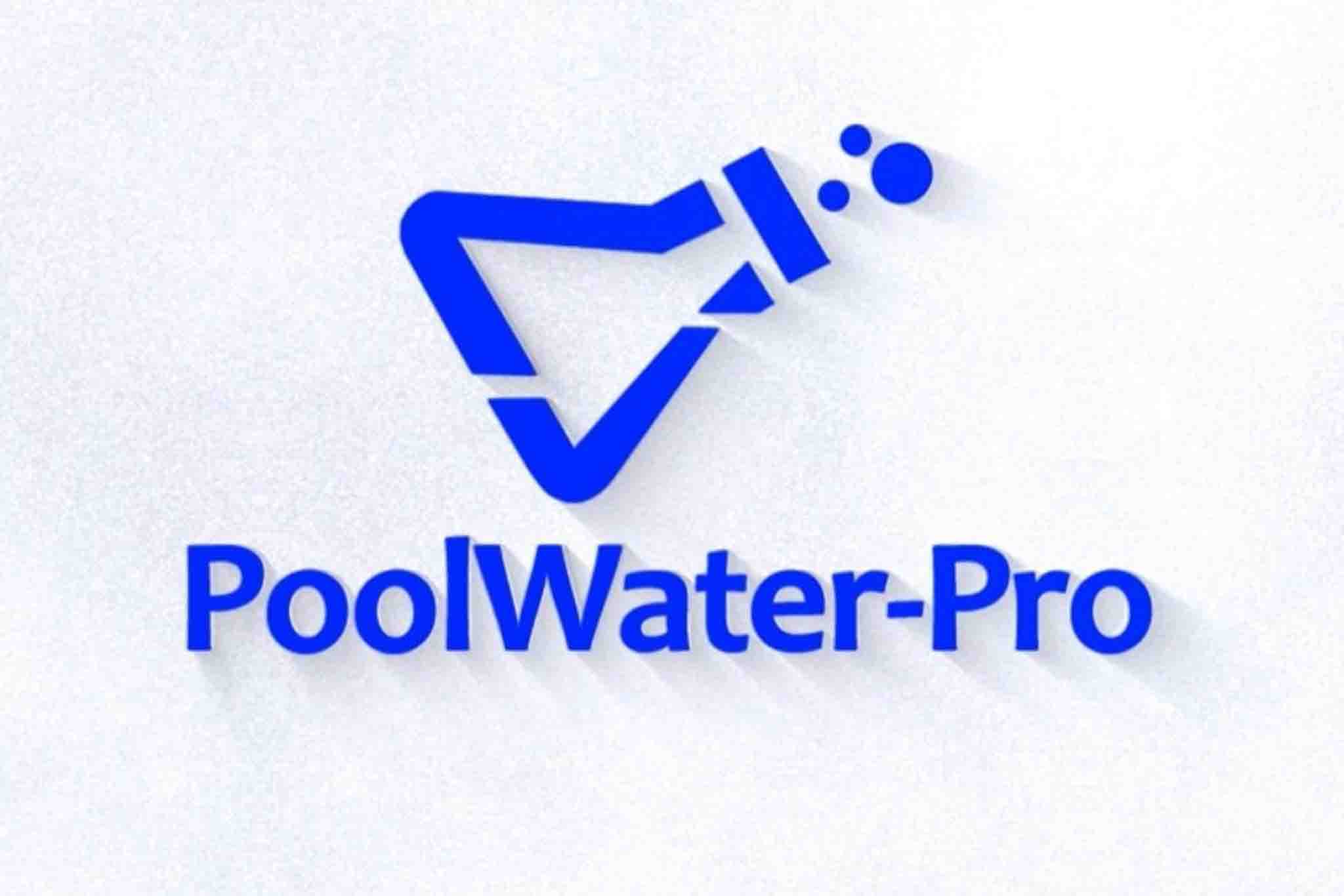
Introducing Effective Solutions
Simplify your pool maintenance routine with POOLWATER-PRO. Our software turns test-strips into accurate digital readings, right from your phone. Get instant alerts to know if your pool is safe to swim, plus any chemicals needed.
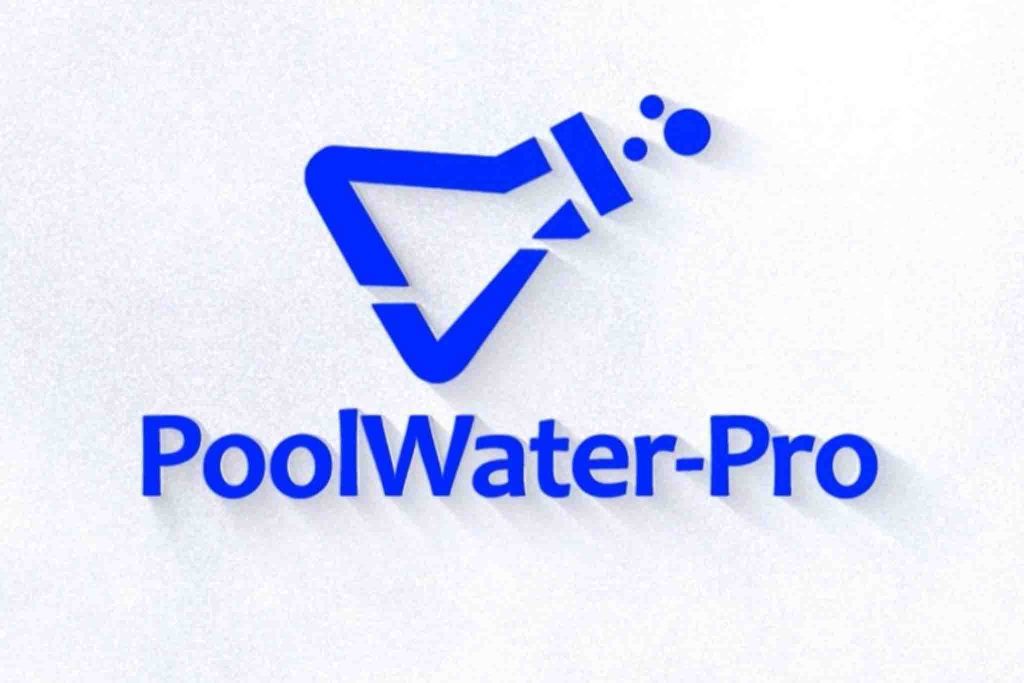
Your Path to Clarity
Watch this quick explainer video to see the platform’s features and how it can make pool care hassle-free.
Watch this quick explainer video to see the platform’s features and how it can make pool care hassle-free.



